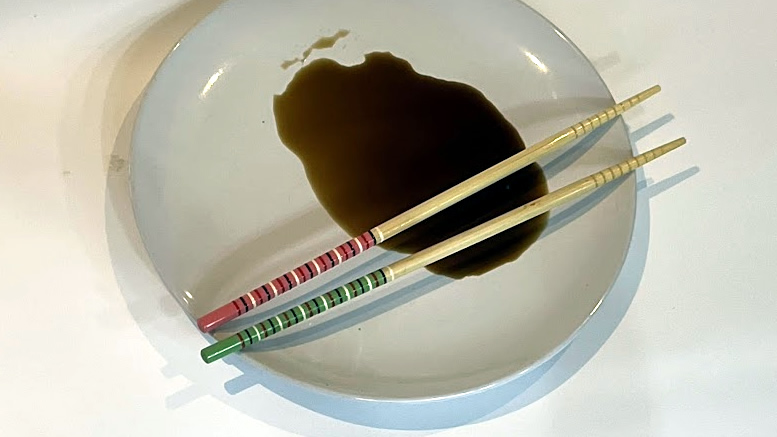Soy sauce, a ubiquitous condiment in Asian cuisine, boasts a rich history spanning over three millennia.
Originating in China, Soy sauce has evolved into various regional varieties, each with its unique characteristics and culinary applications. The production of soy sauce involves fermenting soybeans and roasted grains with salt, water, and yeast, resulting in a savory, umami-rich liquid.
Throughout Asia, soy sauce plays a central role in enhancing the flavor profiles of dishes. In China, the dark soy sauce, with its intense, robust flavor derived from a longer fermentation process, is favored for braising and marinating meats. Light soy sauce, lighter in color and saltier in taste, is commonly used in stir-fries and as a dipping sauce.
In Japan, soy sauce comes in two main varieties: dark soy sauce, known as koikuchi, and light soy sauce, known as usukuchi. Koikuchi is the most commonly used type, prized for its balanced flavor and versatility in various dishes. Usukuchi, lighter in color and saltier in taste, is preferred in regions like Kansai and is often used to season delicate dishes without darkening their appearance.
One other Japanese soy sauce worth mentioning is Tamari. It is deeply colored and has a rich texture and intense flavor. It is great for dipping or using in place of the regular dark soy sauce, while the light Japanese variety can be used to improve the appearance of a dish but still give that soy taste.
Soy sauce is an essential element in Asian cuisine, where it adds depth of flavor, umami richness, and a savory note to a wide range of dishes. From stir-fries to marinades, dipping sauces to soups, soy sauce plays a vital role in enhancing the taste profile of various Asian delicacies. Its versatility and complexity make it a beloved ingredient in culinary traditions across the continent.

